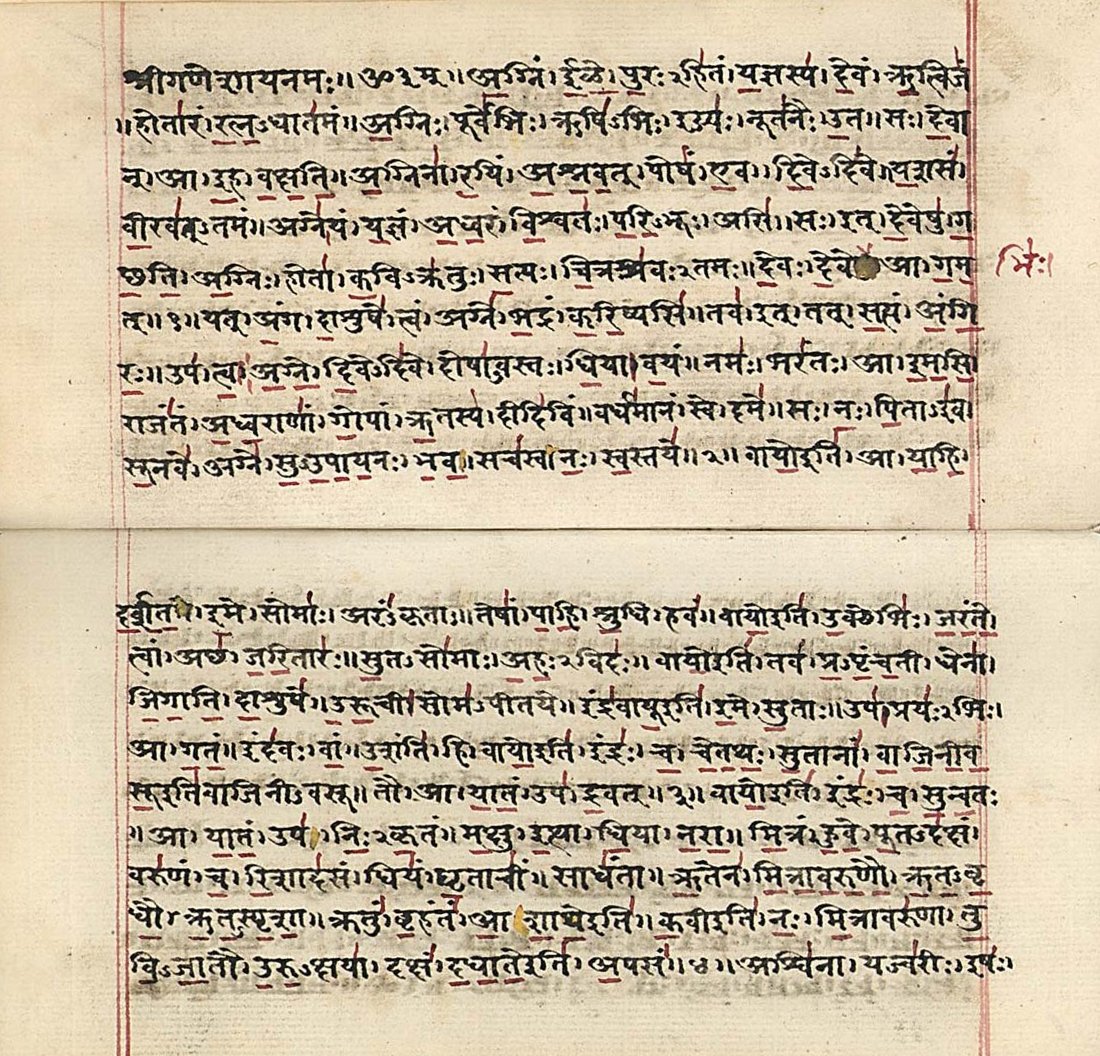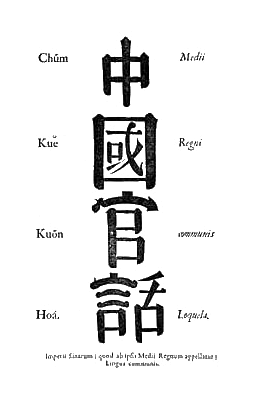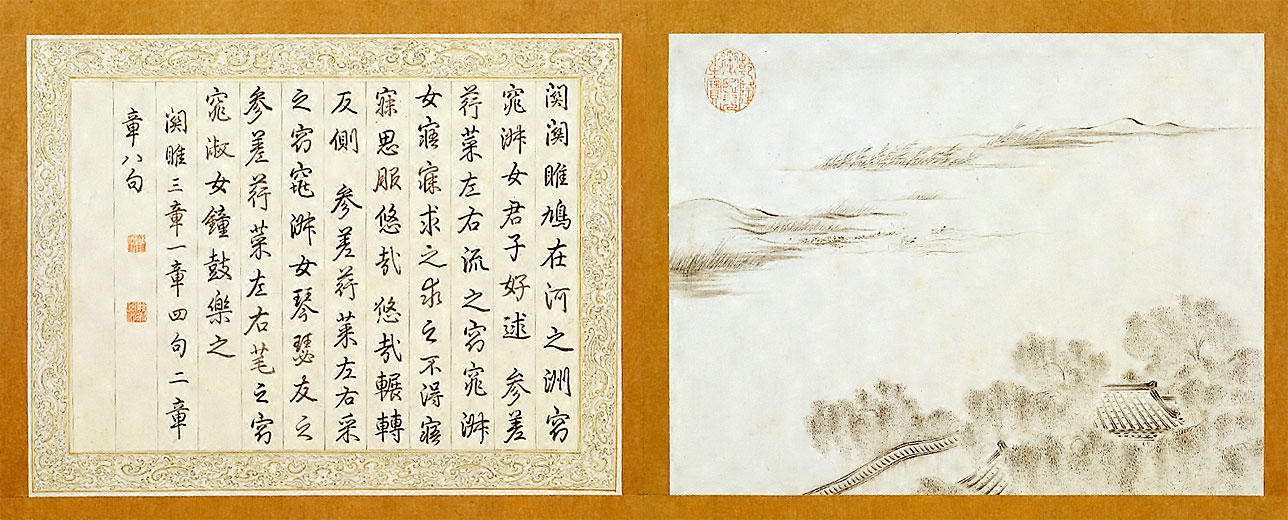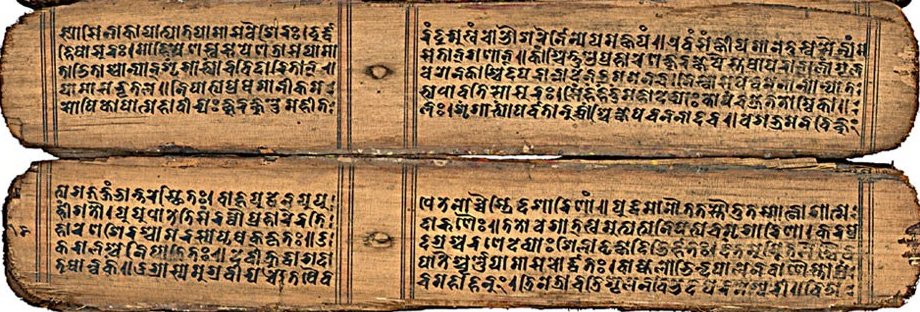|
Tocharian Alphabet
The Tocharian script, also known as Central Asian slanting Gupta script or North Turkestan Brāhmī, is an abugida which uses a system of diacritical marks to associate vowels with consonant symbols. Part of the Brahmic scripts, it is a version of the Indian Brahmi script. It is used to write the Central Asian Indo-European Tocharian languages, mostly from the 8th century (with a few earlier ones, probably as early as 300 CE) that were written on palm leaves, wooden tablets and Chinese paper, preserved by the extremely dry climate of the Tarim Basin. Samples of the language have been discovered at sites in Kucha and Karasahr, including many mural inscriptions. Mistakenly identifying the speakers of this language with the '' Tokharoi'' people of Tokharistan (the Bactria of the Greeks), early authors called these languages "Tocharian". This naming has remained, although the names ''Agnean'' and ''Kuchean'' have been proposed as a replacement. Tocharian A and B are not mutually i ... [...More Info...] [...Related Items...] OR: [Wikipedia] [Google] [Baidu] |
Abugida
An abugida (, from Ge'ez language, Ge'ez: ), sometimes known as alphasyllabary, neosyllabary or pseudo-alphabet, is a segmental Writing systems#Segmental writing system, writing system in which consonant-vowel sequences are written as units; each unit is based on a consonant letter, and vowel notation is secondary. This contrasts with a full alphabet, in which vowels have status equal to consonants, and with an abjad, in which vowel marking is absent, Abjad#Impure abjads, partial, or optional (although in less formal contexts, all three types of script may be termed alphabets). The terms also contrast them with a syllabary, in which the symbols cannot be split into separate consonants and vowels. Related concepts were introduced independently in 1948 by James Germain Février (using the term ) and David Diringer (using the term ''semisyllabary''), then in 1959 by Fred Householder (introducing the term ''pseudo-alphabet''). The Ethiopian Semitic languages, Ethiopic term "abugi ... [...More Info...] [...Related Items...] OR: [Wikipedia] [Google] [Baidu] |
Brahmi Script
Brahmi (; ; ISO 15919, ISO: ''Brāhmī'') is a writing system of ancient South Asia. "Until the late nineteenth century, the script of the Aśokan (non-Kharosthi) inscriptions and its immediate derivatives was referred to by various names such as 'lath' or 'Lat', 'Southern Aśokan', 'Indian Pali', 'Mauryan', and so on. The application to it of the name Brahmi [''sc. lipi''], which stands at the head of the Buddhist and Jaina script lists, was first suggested by T[errien] de Lacouperie, who noted that in the Chinese Buddhist encyclopedia ''Fa yiian chu lin'' the scripts whose names corresponded to the Brahmi and Kharosthi of the ''Lalitavistara'' are described as written from left to right and from right to left, respectively. He therefore suggested that the name Brahmi should refer to the left-to-right 'Indo-Pali' script of the Aśokan pillar inscriptions, and Kharosthi to the right-to-left 'Bactro-Pali' script of the rock inscriptions from the northwest." that appeared as a full ... [...More Info...] [...Related Items...] OR: [Wikipedia] [Google] [Baidu] |
Sanskrit
Sanskrit (; attributively , ; nominalization, nominally , , ) is a classical language belonging to the Indo-Aryan languages, Indo-Aryan branch of the Indo-European languages. It arose in South Asia after its predecessor languages had Trans-cultural diffusion, diffused there from the northwest in the late Bronze Age#South Asia, Bronze Age. Sanskrit is the sacred language of Hinduism, the language of classical Hindu philosophy, and of historical texts of Buddhism and Jainism. It was a lingua franca, link language in ancient and medieval South Asia, and upon transmission of Hindu and Buddhist culture to Southeast Asia, East Asia and Central Asia in the early medieval era, it became a language of religion and high culture, and of the political elites in some of these regions. As a result, Sanskrit had a lasting impact on the languages of South Asia, Southeast Asia and East Asia, especially in their formal and learned vocabularies. Sanskrit generally connotes several Indo-Aryan lang ... [...More Info...] [...Related Items...] OR: [Wikipedia] [Google] [Baidu] |
Buddhism
Buddhism ( , ), also known as Buddha Dharma and Dharmavinaya (), is an Indian religion or philosophical tradition based on teachings attributed to the Buddha. It originated in northern India as a -movement in the 5th century BCE, and gradually spread throughout much of Asia via the Silk Road. It is the world's fourth-largest religion, with over 520 million followers (Buddhists) who comprise seven percent of the global population. The Buddha taught the Middle Way, a path of spiritual development that avoids both extreme asceticism and hedonism. It aims at liberation from clinging and craving to things which are impermanent (), incapable of satisfying ('), and without a lasting essence (), ending the cycle of death and rebirth (). A summary of this path is expressed in the Noble Eightfold Path, a training of the mind with observance of Buddhist ethics and meditation. Other widely observed practices include: monasticism; "taking refuge" in the Buddha, the , and the ... [...More Info...] [...Related Items...] OR: [Wikipedia] [Google] [Baidu] |
Tocharians
The Tocharians, or Tokharians ( US: or ; UK: ), were speakers of Tocharian languages, Indo-European languages known from around 7600 documents from around 400 to 1200 AD, found on the northern edge of the Tarim Basin (modern Xinjiang, China).. "Our knowledge of the Tocharian languages derives essentially from c. 7600 documents found across about thirty sites in the eastern half of the greater Tarim Basin (Fig. 1). The documents date from c. 400 to 1200 CE" The name "Tocharian" was given to these languages in the early 20th century by scholars who identified their speakers with a people known in ancient Greek sources as the ''Tókharoi'' (Latin ''Tochari''), who inhabited Bactria from the 2nd century BC. This identification is generally considered erroneous, but the name "Tocharian" remains the most common term for the languages and their speakers. Their actual ethnic name is unknown, although they may have referred to themselves as '' Agni'', '' Kuči'' and '' Krorän'', o ... [...More Info...] [...Related Items...] OR: [Wikipedia] [Google] [Baidu] |
Standard Mandarin
Standard Chinese ()—in linguistics Standard Northern Mandarin or Standard Beijing Mandarin, in common speech simply Mandarin, better qualified as Standard Mandarin, Modern Standard Mandarin or Standard Mandarin Chinese—is a modern standardized form of Mandarin Chinese that was first developed during the Republican Era (1912‒1949). It is designated as the official language of mainland China and a major language in the United Nations, Singapore, and Taiwan. It is largely based on the Beijing dialect. Standard Chinese is a pluricentric language with local standards in mainland China, Taiwan and Singapore that mainly differ in their lexicon. Hong Kong written Chinese, used for formal written communication in Hong Kong and Macau, is a form of Standard Chinese that is read aloud with the Cantonese reading of characters. Like other Sinitic languages, Standard Chinese is a tonal language with topic-prominent organization and subject–verb–object (SVO) word order. Compar ... [...More Info...] [...Related Items...] OR: [Wikipedia] [Google] [Baidu] |
Classical Chinese
Classical Chinese, also known as Literary Chinese (古文 ''gǔwén'' "ancient text", or 文言 ''wényán'' "text speak", meaning "literary language/speech"; modern vernacular: 文言文 ''wényánwén'' "text speak text", meaning "literary language writing"), is the language of the classic literature from the end of the Spring and Autumn period through to the either the start of the Qin dynasty or the end of the Han dynasty, a written form of Old Chinese (上古漢語, ''Shànɡɡǔ Hànyǔ''). Classical Chinese is a traditional style of written Chinese that evolved from the classical language, making it different from any modern spoken form of Chinese. Literary Chinese was used for almost all formal writing in China until the early 20th century, and also, during various periods, in Japan, Ryukyu, Korea and Vietnam. Among Chinese speakers, Literary Chinese has been largely replaced by written vernacular Chinese, a style of writing that is similar to modern spoken ... [...More Info...] [...Related Items...] OR: [Wikipedia] [Google] [Baidu] |
Liturgical Language
A sacred language, holy language or liturgical language is any language that is cultivated and used primarily in church service or for other religious reasons by people who speak another, primary language in their daily lives. Concept A sacred language is often the language which was spoken and written in the society in which a religion's sacred texts were first set down; these texts thereafter become fixed and holy, remaining frozen and immune to later linguistic developments. (An exception to this is Lucumí, a ritual lexicon of the Cuban strain of the Santería religion, with no standardized form.) Once a language becomes associated with religious worship, its believers may ascribe virtues to the language of worship that they would not give to their native tongues. In the case of sacred texts, there is a fear of losing authenticity and accuracy by a translation or re-translation, and difficulties in achieving acceptance for a new version of a text. A sacred language is ... [...More Info...] [...Related Items...] OR: [Wikipedia] [Google] [Baidu] |
Mutually Intelligible
In linguistics, mutual intelligibility is a relationship between languages or dialects in which speakers of different but related Variety (linguistics), varieties can readily understand each other without prior familiarity or special effort. It is sometimes used as an important criterion for distinguishing languages from dialects, although sociolinguistics, sociolinguistic factors are often also used. Intelligibility between languages can be asymmetric, with speakers of one understanding more of the other than speakers of the other understanding the first. When it is relatively symmetric, it is characterized as "mutual". It exists in differing degrees among many related or geographically proximate languages of the world, often in the context of a dialect continuum. Intelligibility Factors An individual's achievement of moderate proficiency or understanding in a language (called L2) other than their first language (L1) typically requires considerable time and effort through stud ... [...More Info...] [...Related Items...] OR: [Wikipedia] [Google] [Baidu] |
Bactria
Bactria (; Bactrian: , ), or Bactriana, was an ancient region in Central Asia in Amu Darya's middle stream, stretching north of the Hindu Kush, west of the Pamirs and south of the Gissar range, covering the northern part of Afghanistan, southwestern Tajikistan and southeastern Uzbekistan. Called "beautiful Bactria, crowned with flags" by the Avesta, the region is one of the sixteen perfect Iranian lands that the supreme deity Ahura Mazda had created. One of the early centres of Zoroastrianism and capital of the legendary Kayanian kings of Iran, Bactria is mentioned in the Behistun Inscription of Darius the Great as one of the satrapies of the Achaemenid Empire; it was a special satrapy and was ruled by a crown prince or an intended heir. Bactria was the centre of Iranian resistance against the Macedonian invaders after the fall of the Achaemenid Empire in the 4th century BC, but eventually fell to Alexander the Great. After the death of Alexander, Bactria was annex ... [...More Info...] [...Related Items...] OR: [Wikipedia] [Google] [Baidu] |
Tokharistan
Tokharistan (formed from "Tokhara" and the suffix ''-stan'' meaning "place of" in Persian) is an ancient Early Middle Ages name given to the area which was known as Bactria in Ancient Greek sources. In the 7th and 8th century CE, Tokharistan came under the rule of the Chinese Empire, administered by the Protectorate General to Pacify the West. Today, Tokharistan is fragmented between Uzbekistan, Tajikistan and Afghanistan. Names of Tokharistan Several languages have used variations of the word "Tokhara" to designate the region: * Tokharistan may appear in ancient India sources as the Kingdom of Tushara, to the northwest of India. "Tushara" is the Sanskrit word for "snowy" "frigid", and is known to have been used to designate the country of Tukhara. In Sanskrit, it became तुखार (Tukhāra). * In ancient Greek, the name was Tokharoi ( grc, Τόχαροι ) or Thaguroi. * Tochari for Latin historians. * The name "Tokhara" appeared in the 4th century CE, in Buddhist te ... [...More Info...] [...Related Items...] OR: [Wikipedia] [Google] [Baidu] |
Karasahr
Karasahr or Karashar ( ug, قاراشەھەر, Qarasheher, 6=Қарашәһәр), which was originally known, in the Tocharian languages as ''Ārśi'' (or Arshi) and Agni or the Chinese derivative Yanqi ( zh, s=焉耆, p=Yānqí, w=Yen-ch'i), is an ancient town on the Silk Road and the capital of Yanqi Hui Autonomous County in the Bayingolin Mongol Autonomous Prefecture, Xinjiang. it had a population of 29,000,www.xzqh.org growing to 31,773 persons in 2006; 16,032 persons of which were Han, 7781 people Hui, 7154 people Uyghur, 628 [...More Info...] [...Related Items...] OR: [Wikipedia] [Google] [Baidu] |



.jpg)




.png)
